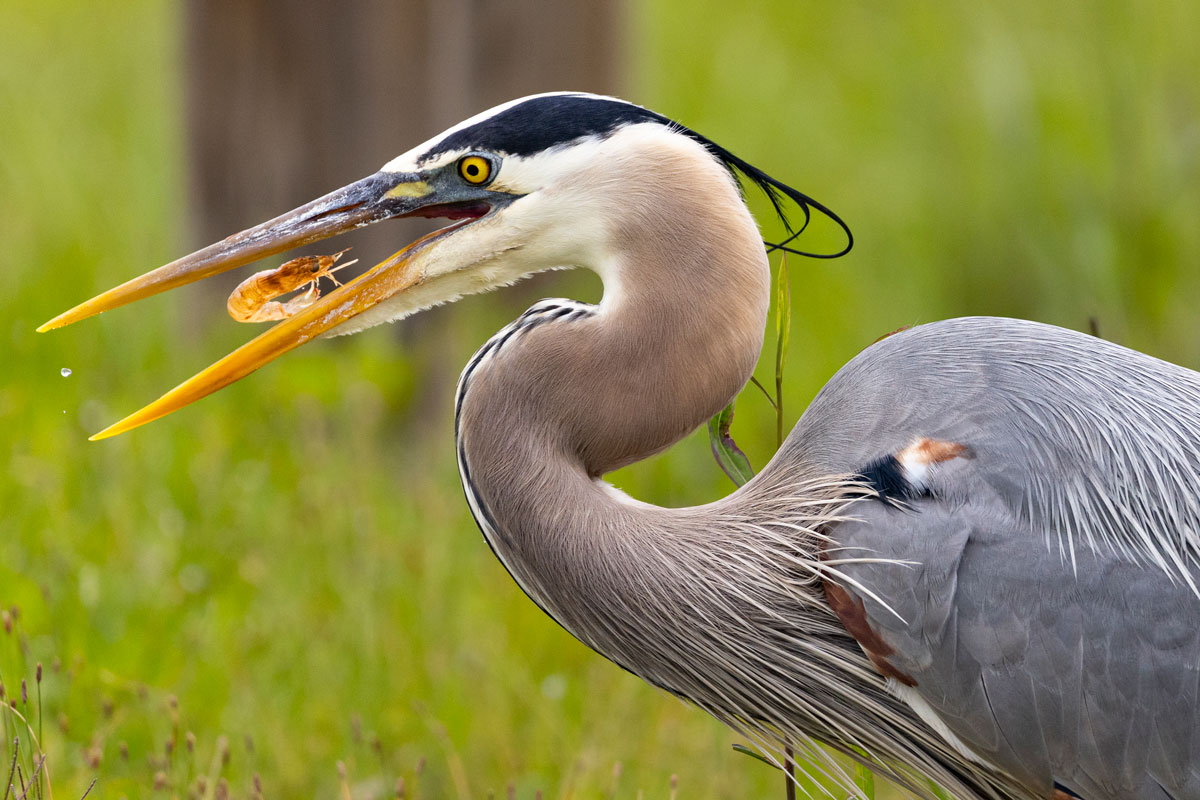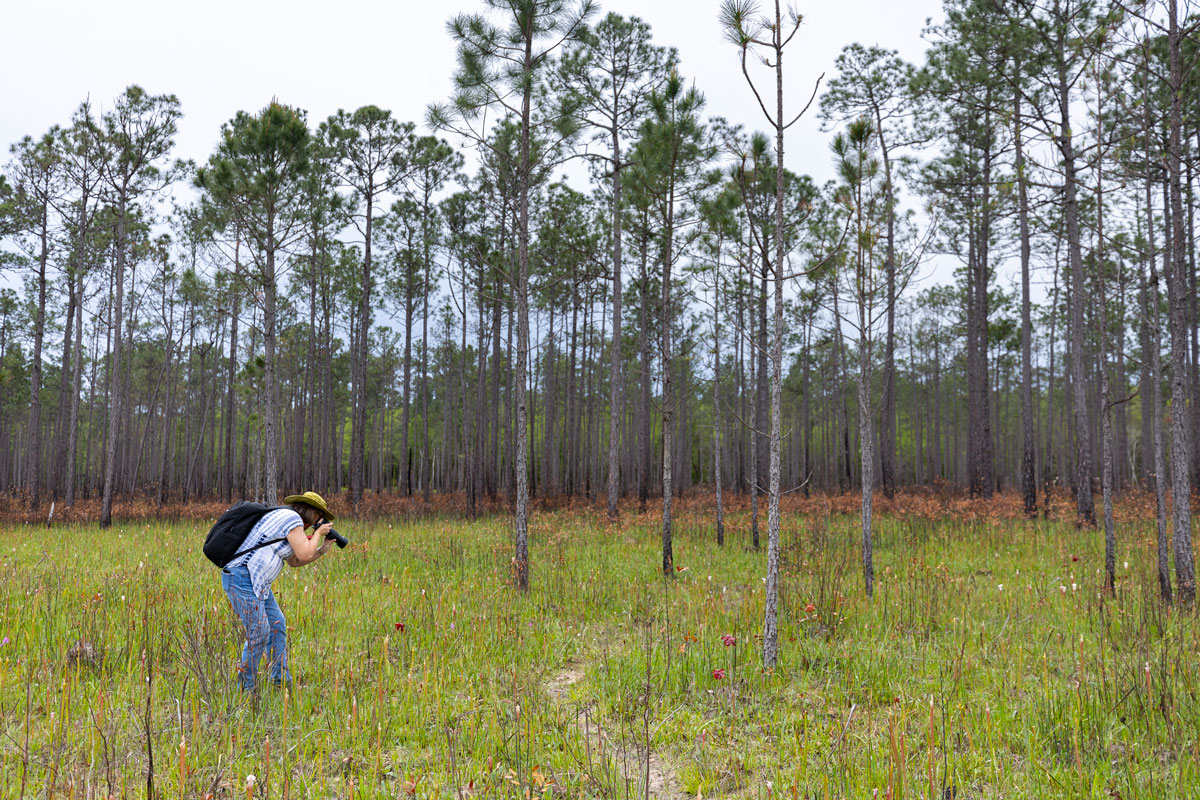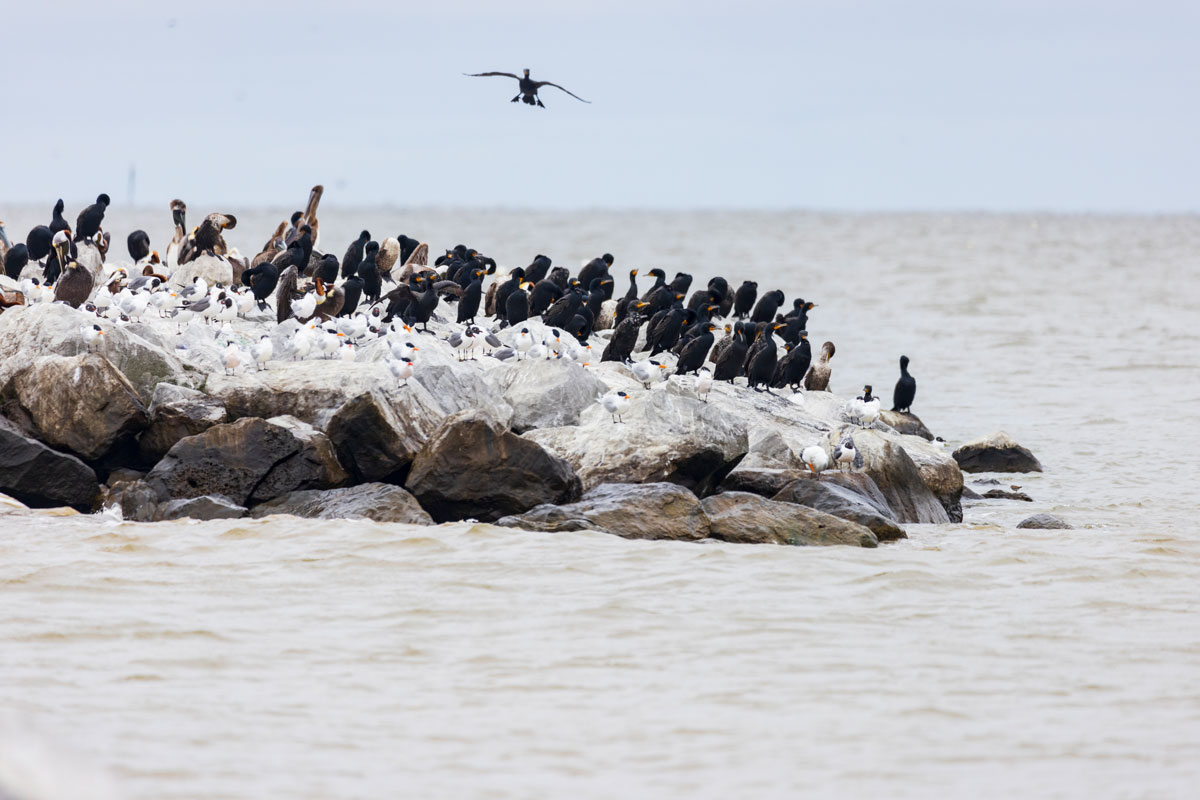SELC's Magazine

Highlights from this issue
The biomass climate hoax
The Mobile-Tensaw Delta
Southern wetlands: A key climate solution
Want to receive the SELC magazine? Sign up below.
The biomass climate hoax
SHIPPING SOUTHERN FORESTS OVERSEAS TO BURN
By Alexandra Marvar, Photos by Julie Dermansky
It’s a sunny April day in Adel, Georgia, the seat of Cook County, about 150 miles south of Macon on I-75.
The last azalea blossoms are dropping to the ground, cedar waxwings are trilling, and neighbors’ porch visits cover the usual topics: the weather, who’s moving in or out of town, and the latest talk about what kind of pollution might come with the new business setting up down the road. Community organizer Dr. Treva Gear is even-keeled about the possibility: This is just another hazard in the whack-a-mole game of industrial development she has been trying to win since moving back to her hometown.

An Army veteran and former educator, Gear now works with the forest-focused environmental justice group Dogwood Alliance, helping Adel survive an onslaught of polluting industries that has included everything from a propane refurbishing plant’s noxious chemicals to a crypto-mining operation’s helicopter-like noise, day and night. Increasingly, Dogwood Alliance, SELC, and other environmental organizations have been zeroing in on a different threat to Southern neighborhoods, forests, and global climate progress: the wood pellet industry.
Gear and her neighbors formed the grassroots organization Concerned Citizens of Cook County, known as 4C, in 2020 to challenge the first proposed biomass production facility in Adel. The operation turns trees into wood pellets, which are then burned as an energy source. Residents were wary of the project and soon got busy petitioning, speaking at city meetings, and submitting comments during the permit process.


But in October of 2021, 4C received bludgeoning news: Not only had the Georgia Environmental Protection Division granted the permits they were challenging to a business calling itself Renewable Biomass Group; a second venture, Spectrum Energy USA, was applying for an air permit for their own pellet plant just a few miles away.
“We were flabbergasted,” Gear recalls. “A second wood pellet plant? Two in one city?”
SEEING THE SOUTH
The Mobile-Tensaw Delta
Photos by Neil Jernigan
As the most biodiverse state east of the Mississippi River, Alabama ranks first in species number for crayfish, freshwater turtles, snails, and mussels, and carnivorous plants such as the pitcher plant. The Mobile-Tensaw Delta bolsters this reputation with a huge variety of plant and animal life, including green tree frogs, great blue herons, alligators, cypress trees, painted buntings, and black-bellied whistling ducks, earning it the nickname America’s Amazon.
Southern wetlands: A key climate solution
When streets and yards are underwater on sunny days, there’s no denying flooding presents serious problems along our coast. What’s murkier, however, is how decision-makers will handle these problems, caused by rising seas and stronger storms and made worse by outdated development practices.


As our coast becomes wetter, it’s also welcoming more and more residents, drawn to life by the water. This growth coincides with climate change, and wetlands are caught in the crosshairs—heralded for their ability to hold floodwaters, yet seen as obstacles when development interests seek new land near desirable waterfronts. Already we’re losing wetlands at an alarming rate: The contiguous United States loses more than 80,000 acres of coastal wetlands every year, and 4 out of 5 of those acres are in the Southeast.
“It makes you ask, are we doing what is needed to address climate change on our coast?” said Chris DeScherer, Director of SELC’s South Carolina Office. “Or are we going to make an already difficult situation worse?”









